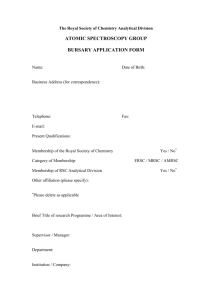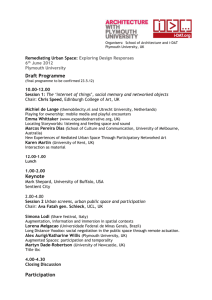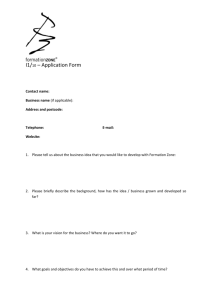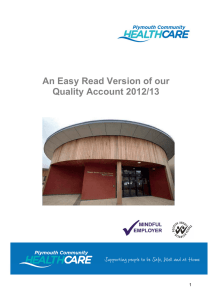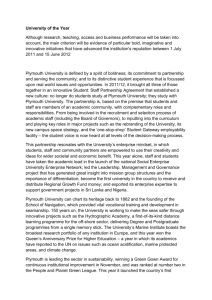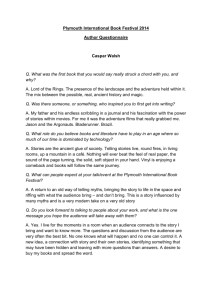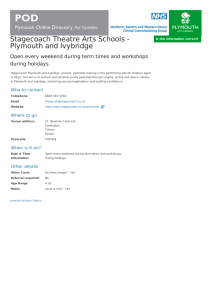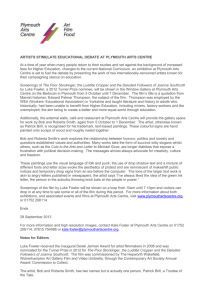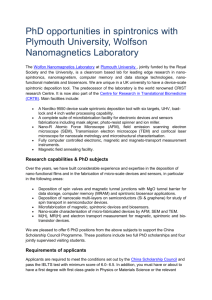This study investigates the use of airborne ocean colour data for
advertisement
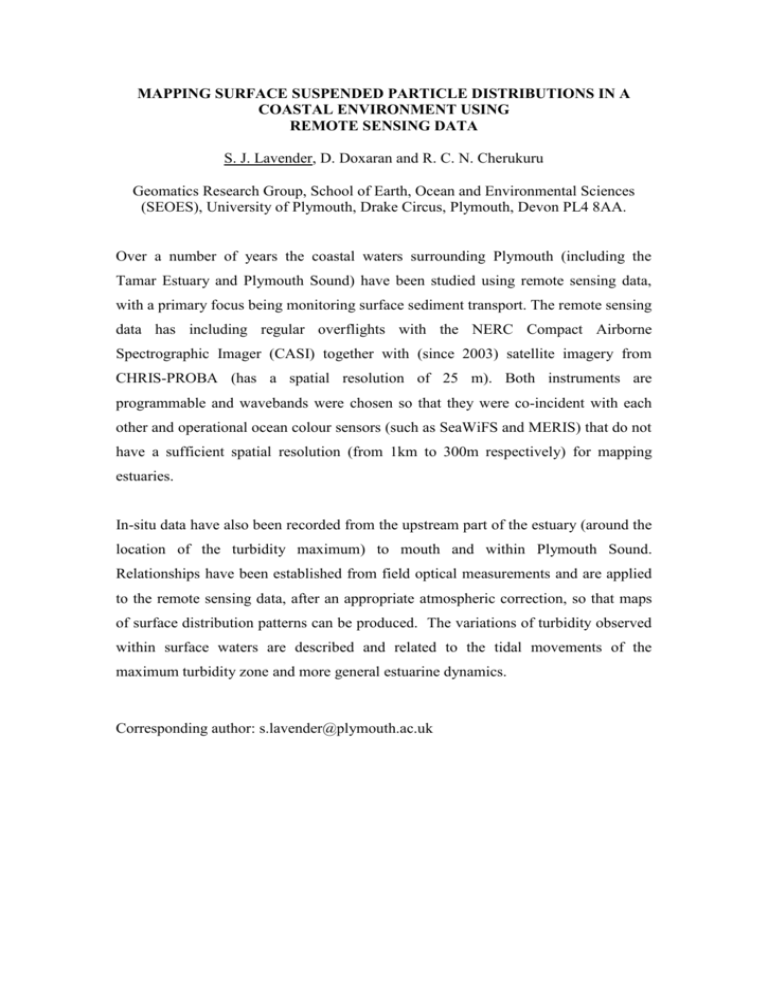
MAPPING SURFACE SUSPENDED PARTICLE DISTRIBUTIONS IN A COASTAL ENVIRONMENT USING REMOTE SENSING DATA S. J. Lavender, D. Doxaran and R. C. N. Cherukuru Geomatics Research Group, School of Earth, Ocean and Environmental Sciences (SEOES), University of Plymouth, Drake Circus, Plymouth, Devon PL4 8AA. Over a number of years the coastal waters surrounding Plymouth (including the Tamar Estuary and Plymouth Sound) have been studied using remote sensing data, with a primary focus being monitoring surface sediment transport. The remote sensing data has including regular overflights with the NERC Compact Airborne Spectrographic Imager (CASI) together with (since 2003) satellite imagery from CHRIS-PROBA (has a spatial resolution of 25 m). Both instruments are programmable and wavebands were chosen so that they were co-incident with each other and operational ocean colour sensors (such as SeaWiFS and MERIS) that do not have a sufficient spatial resolution (from 1km to 300m respectively) for mapping estuaries. In-situ data have also been recorded from the upstream part of the estuary (around the location of the turbidity maximum) to mouth and within Plymouth Sound. Relationships have been established from field optical measurements and are applied to the remote sensing data, after an appropriate atmospheric correction, so that maps of surface distribution patterns can be produced. The variations of turbidity observed within surface waters are described and related to the tidal movements of the maximum turbidity zone and more general estuarine dynamics. Corresponding author: s.lavender@plymouth.ac.uk
